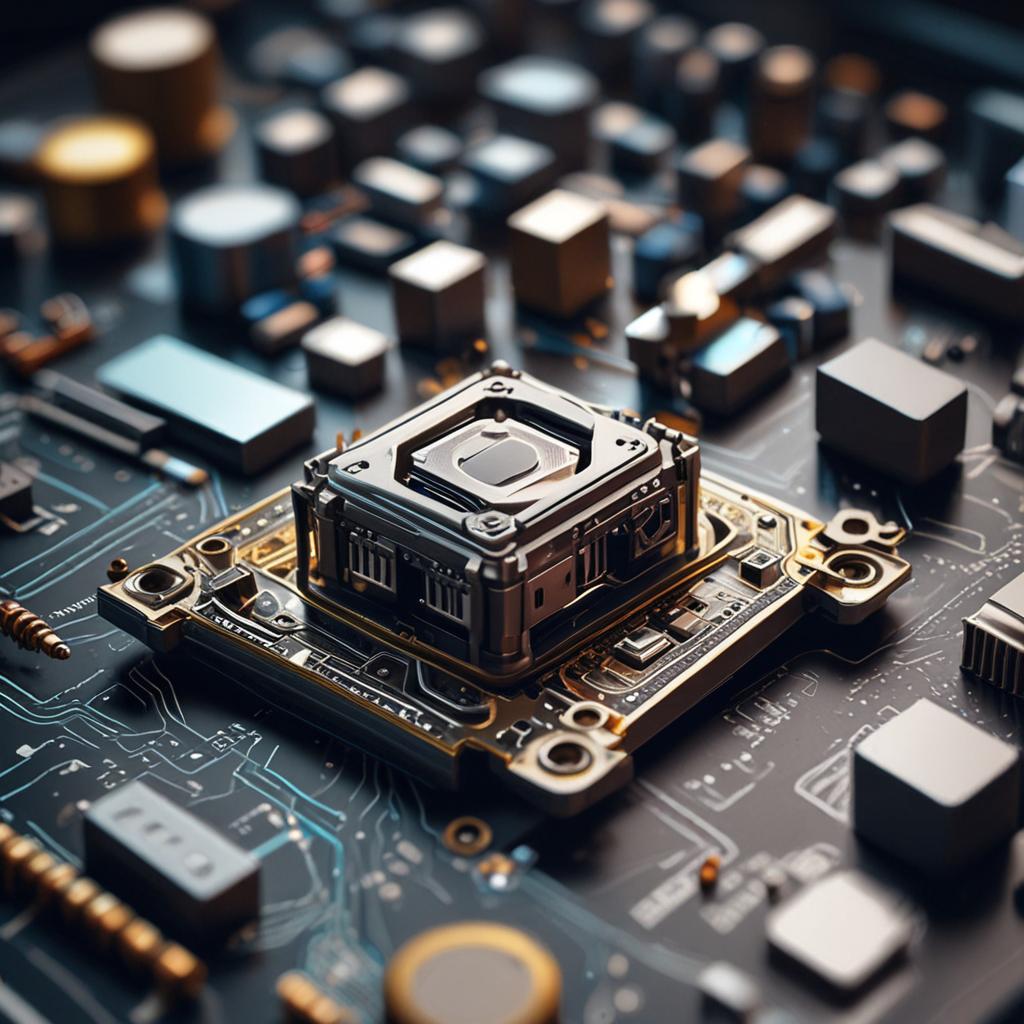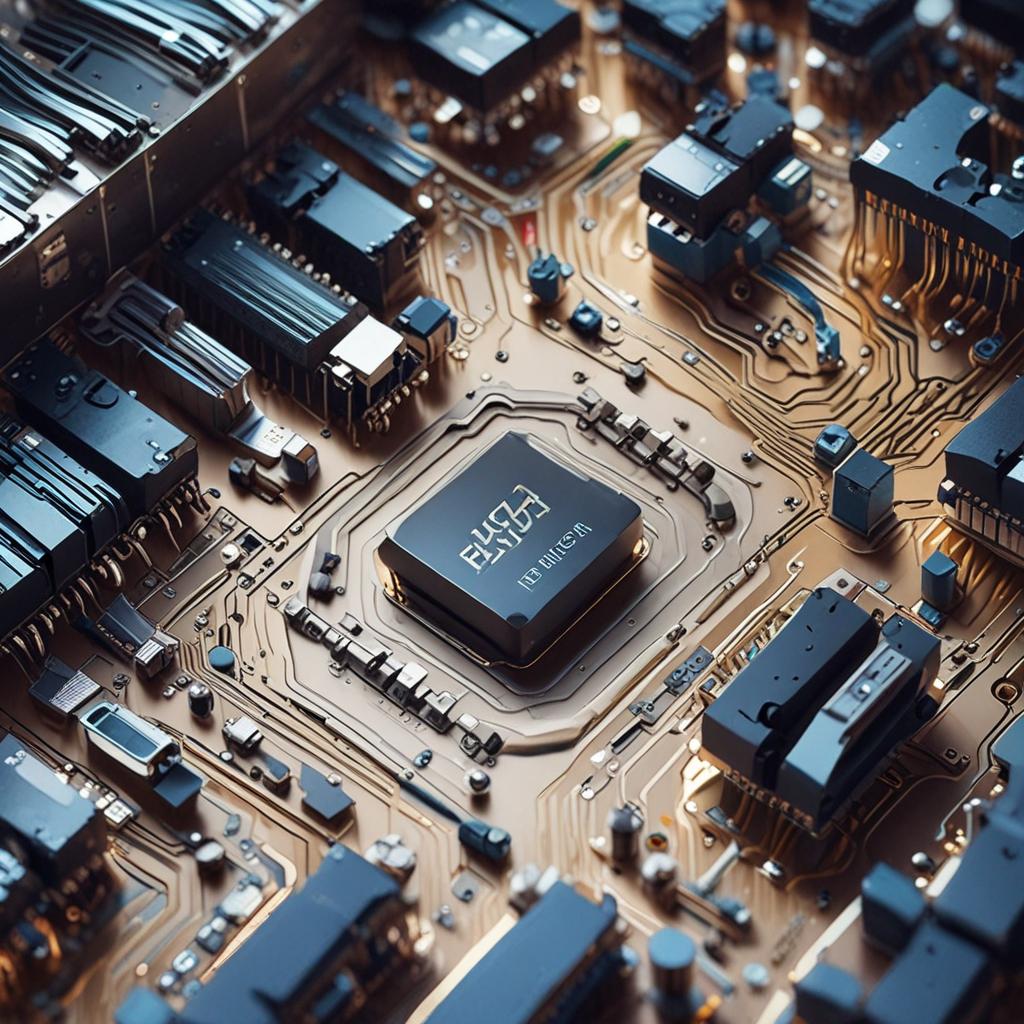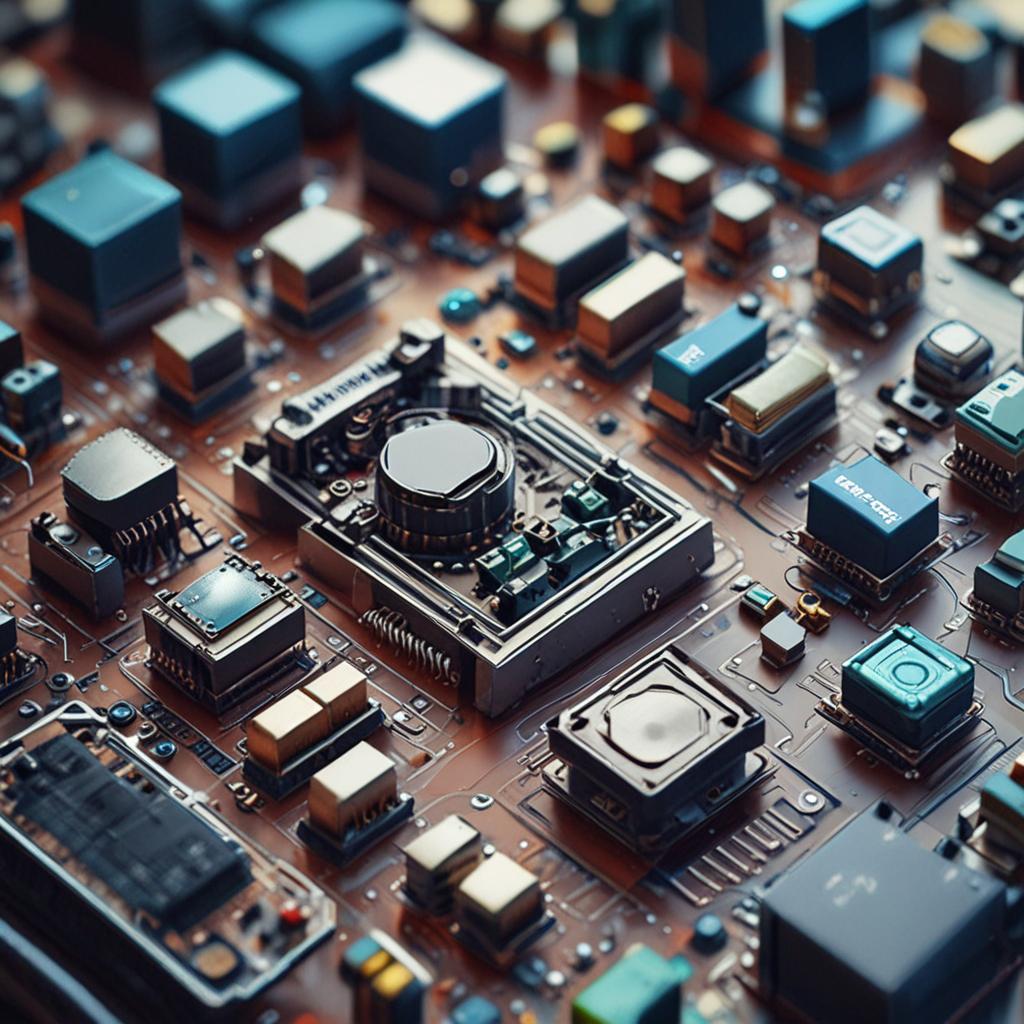Table of Contents Show
The integration of artificial intelligence (AI) into robotics has revolutionized industries, from manufacturing to healthcare, enabling machines to perform complex tasks with precision and adaptability. As robotics projects evolve, a critical decision arises: should AI processing occur on the device itself (Edge AI) or rely on remote servers (Cloud AI)? Both approaches offer distinct advantages and limitations, and the choice between them can significantly impact a project’s performance, cost, and scalability. This blog explores the differences between Edge AI and Cloud AI, their suitability for various robotics applications, and the potential of combining them for optimal outcomes.
Historical Timeline
2015
Early adoption of cloud AI for robotics with limited edge capabilities.
2018
Rise of edge AI chips like NVIDIA Jetson for real-time robotics processing.
2020
Hybrid AI models emerge, balancing cloud and edge for robotics efficiency.
2023
Edge AI dominates in latency-sensitive robotics applications.
2025
Fully autonomous robots leverage edge AI for on-device decision-making.
Timeline infographic for Edge Ai Vs Cloud Ai – Which One is Best for Robotics Projects?
What is Edge AI?
Edge AI refers to artificial intelligence models processed locally on the device rather than in a centralized cloud server. By performing computations at the “edge” of the network, this approach minimizes dependency on internet connectivity and reduces delays. Key characteristics include real-time processing, low latency, and the ability to function offline, making it ideal for applications where speed and autonomy are crucial. In robotics, Edge AI is commonly used in autonomous vehicles for immediate obstacle detection and in surgical robots for instant decision-making during procedures.

What is Cloud AI?
Cloud AI relies on remote servers to handle data processing and machine learning tasks. It leverages the vast computational resources and storage capabilities of cloud platforms, allowing for scalability and advanced analytics. This approach excels in scenarios requiring extensive data training or access to large datasets. For example, Cloud AI powers warehouse robots that optimize inventory management using real-time data from thousands of sensors or enables telepresence robots to process natural language queries through cloud-based speech recognition systems.
Key Differences Between Edge AI and Cloud AI
Processing Location
Edge AI processes data on the device itself, such as a robot’s onboard computer. Cloud AI, however, requires data to be sent to external servers for processing before results return to the device.
Latency and Speed
Edge AI delivers near-instantaneous responses due to localized processing, critical for time-sensitive tasks like collision avoidance. Cloud AI introduces latency because of data transmission delays, which can hinder real-time operations.
Scalability
Edge AI is constrained by the hardware limitations of individual devices. Cloud AI, in contrast, offers virtually limitless scalability by dynamically allocating resources based on demand.
Data Privacy and Security
Edge AI enhances privacy by keeping sensitive data on the device, reducing exposure to cyber threats. Cloud AI necessitates secure data transmission and storage, requiring robust encryption and compliance strategies.
Cost Considerations
Edge AI involves higher initial costs for specialized hardware but reduces long-term expenses tied to cloud subscriptions. Cloud AI typically features lower upfront costs but incurs recurring fees for computing power and data transfer.

Edge AI vs Cloud AI in Robotics Projects
When to Choose Edge AI for Robotics
Opt for Edge AI when real-time decision-making is essential, such as in autonomous drones navigating dynamic environments. It’s also preferable for robots deployed in remote locations with unreliable connectivity, like agricultural machinery in rural fields. Additionally, projects in regulated industries (e.g., healthcare) that require strict data privacy will benefit from Edge AI’s localized processing.
When to Choose Cloud AI for Robotics
Cloud AI is ideal for tasks demanding high computational power, such as training AI models for humanoid robots or analyzing vast datasets for predictive maintenance in industrial settings. It suits applications where scalability is key, like fleets of robots sharing insights in a smart city. If your project allows for some latency, such as in remote monitoring systems, Cloud AI can provide cost-effective, flexible solutions.
Hybrid Approach: Combining Edge AI and Cloud AI
A hybrid model integrates Edge AI for immediate tasks and Cloud AI for complex analysis, offering the best of both worlds. For instance, a delivery robot might use Edge AI for navigation and obstacle avoidance while leveraging the cloud for route optimization based on real-time traffic data. Similarly, collaborative robots (cobots) in factories can process sensor data locally for safety and send aggregated data to the cloud for predictive maintenance analytics.
Challenges and Considerations
Edge AI Challenges
Edge AI faces hardware constraints, making it difficult to run large models. Managing software updates and troubleshooting across distributed devices also adds complexity. For example, maintaining thousands of autonomous retail robots with Edge AI requires efficient over-the-air update systems.
Cloud AI Challenges
Cloud AI relies heavily on stable internet connections, which can be a weakness in disaster response robotics or underwater exploration. Data security remains a concern, particularly when handling confidential information like biometric data in security robots.
Choosing the Right Approach
To decide, evaluate project needs, budget, and technical expertise. Real-time requirements and privacy concerns often tip the scale toward Edge AI, while scalability and computational demands favor Cloud AI. Hybrid solutions are increasingly popular for balancing these factors.

Future Trends in AI for Robotics
Advancements in 5G and IoT are reducing cloud latency, making remote processing more viable for time-sensitive tasks. Simultaneously, edge hardware is becoming more powerful, enabling devices to handle increasingly complex models. Experts predict a rise in hybrid architectures, where Edge AI manages immediate actions and the cloud refines models over time. As robotics adoption grows, these trends will drive innovation across sectors like logistics, agriculture, and home automation.
Conclusion
Edge AI and Cloud AI each have unique strengths in the realm of robotics. Edge AI excels in real-time, privacy-focused applications, while Cloud AI offers unmatched scalability and computational power. The choice ultimately hinges on specific project requirements, such as latency tolerance and data sensitivity. As technology progresses, hybrid models are emerging as a strategic solution to maximize efficiency and adaptability. By understanding these options, developers can tailor their approach to unlock the full potential of AI-driven robotics.
FAQ
1. What is the main advantage of Edge AI over Cloud AI in robotics?
Edge AI’s primary advantage lies in its low latency and ability to make real-time decisions, which is vital for tasks like autonomous navigation or emergency response in robotics.
2. Can Cloud AI handle real-time robotics tasks effectively?
Cloud AI struggles with latency-sensitive tasks due to data transmission delays. While it can handle real-time processing in some cases, it’s generally less reliable for immediate decisions compared to Edge AI.
3. Is Edge AI more expensive than Cloud AI?
Edge AI requires upfront investment in hardware but has lower operational costs. Cloud AI typically offers lower initial expenses but accumulates recurring costs over time.
4. How does a hybrid AI model work in robotics?
A hybrid model uses Edge AI for immediate tasks (e.g., object detection) and Cloud AI for advanced data analysis (e.g., system-wide optimization). This balance ensures efficiency, scalability, and responsiveness.
5. What are the security risks associated with Cloud AI in robotics?
Cloud AI risks data breaches during transmission or storage. Best practices include end-to-end encryption, secure APIs, and regular audits to protect sensitive robotic systems and user data.




